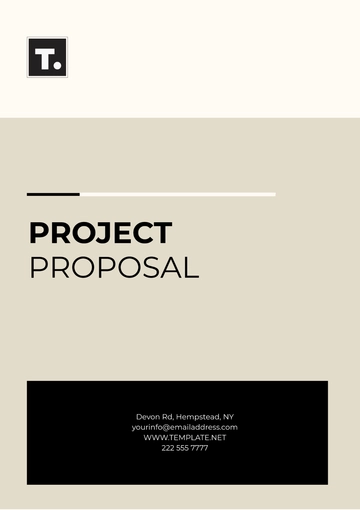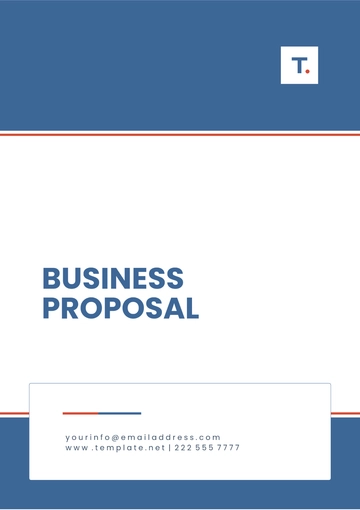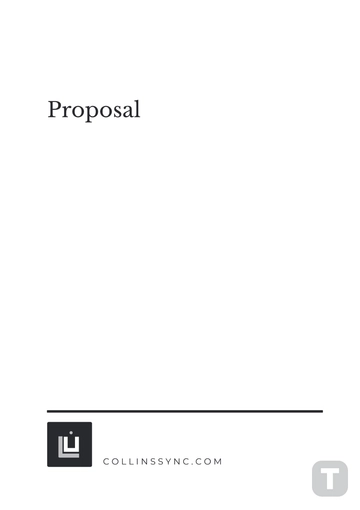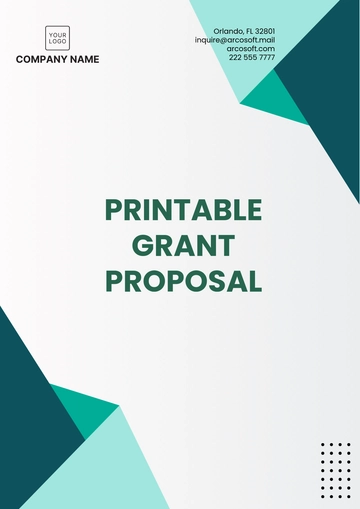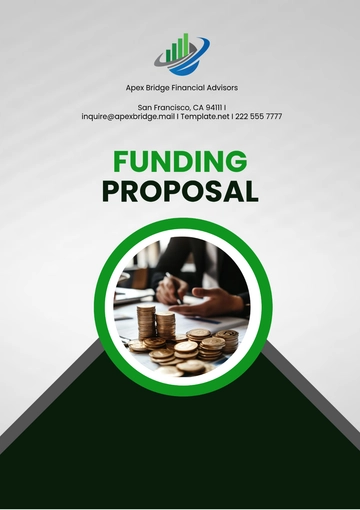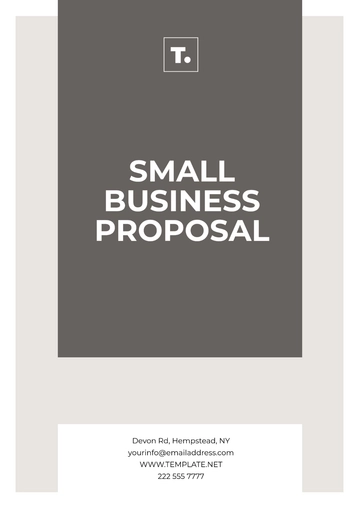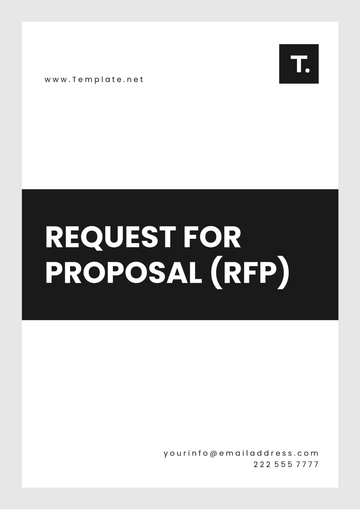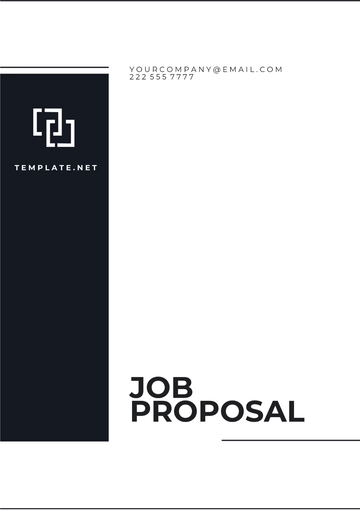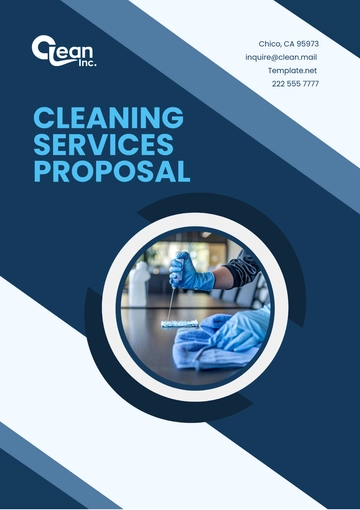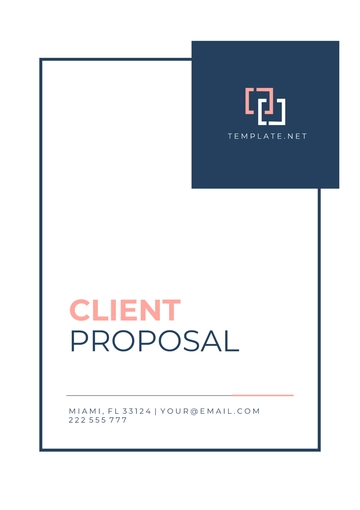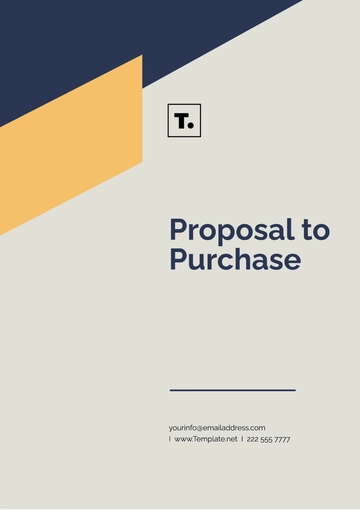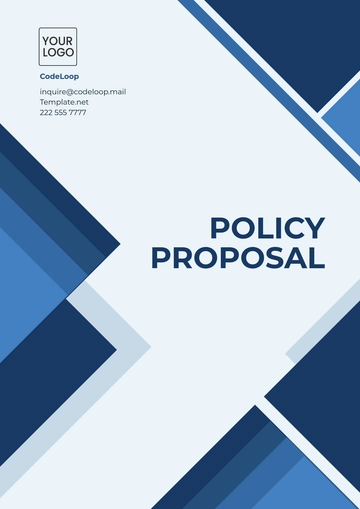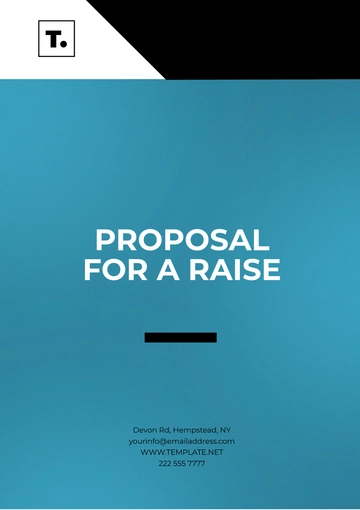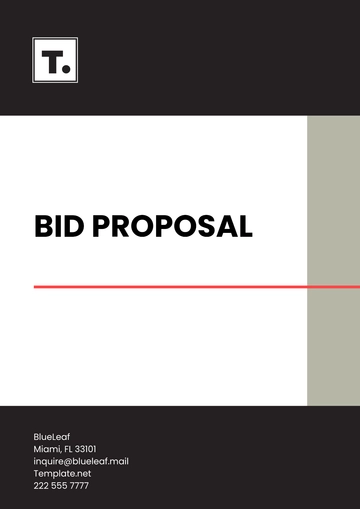Free Detailed Operations Compliance Proposal
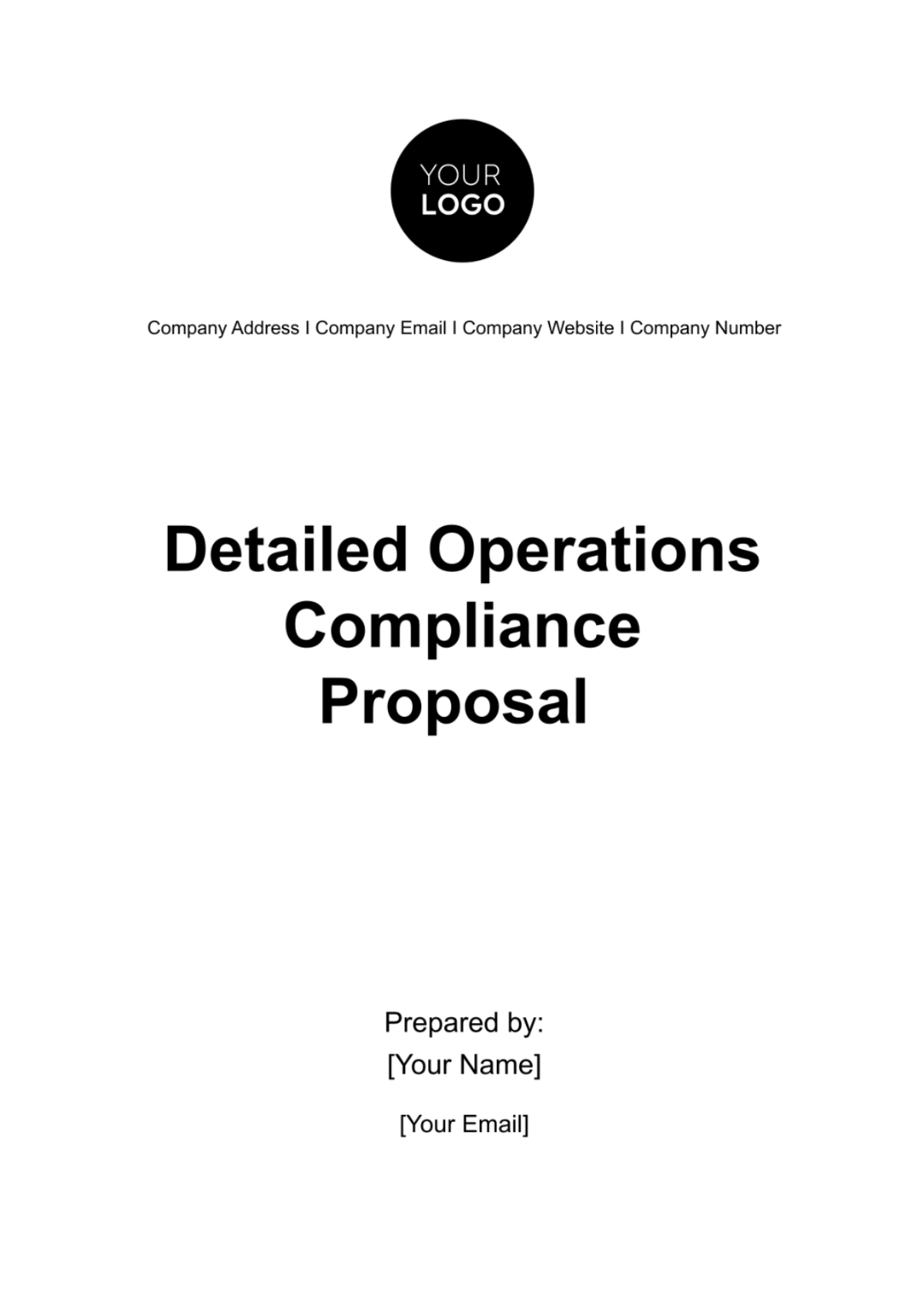
A. Executive Summary
In response to the evolving regulatory landscape and to reinforce our commitment to operational integrity, [Your Company Name] has developed a Detailed Operations Compliance Proposal. This strategic document outlines our approach to ensuring all operational processes adhere strictly to U.S. laws and industry standards, thereby safeguarding our reputation and minimizing risk. Our goal is to foster a culture of compliance that supports our business objectives and provides a framework for sustainable growth.
The proposal encompasses a comprehensive plan that spans from risk assessment to implementation, including the adoption of new technologies, training programs, and monitoring mechanisms. By meticulously aligning our operations with regulatory requirements, we aim not only to meet but exceed compliance standards. This initiative reflects our dedication to operational excellence and ethical business practices, positioning [Your Company Name] as a leader in our industry.
B. Compliance Objectives and Scope
Our primary compliance objectives are to ensure that [Your Company Name]'s operations are fully aligned with all applicable U.S. federal and state laws, as well as industry-specific standards. This encompasses a broad range of regulations including, but not limited to, data protection laws (such as GDPR and CCPA for handling personal information of European and Californian individuals respectively), labor laws, health and safety standards, and financial reporting requirements. By achieving these objectives, we aim to protect our stakeholders, mitigate risks, and enhance our operational efficiency.
The scope of this compliance proposal extends across all facets of [Your Company Name]'s operations, from our corporate governance and human resources practices to our customer data handling and financial reporting processes. This comprehensive approach ensures every department and employee is involved in and accountable for compliance, fostering a company-wide culture of integrity and regulatory adherence. By covering all areas of our business, we can address any potential compliance gaps and ensure that our operations are not only efficient but also fully compliant with the highest legal and ethical standards.
C. Regulatory Framework Overview
To navigate the complex landscape of regulatory compliance, [Your Company Name] has identified key areas of U.S. and international law that directly impact our operations. This section outlines the critical regulatory frameworks we adhere to, ensuring our business practices are not only compliant but also uphold the highest standards of integrity and responsibility.
Data Protection and Privacy: Adherence to the General Data Protection Regulation (GDPR) for European customers and the California Consumer Privacy Act (CCPA), ensuring stringent data privacy and security measures.
Labor Laws: Compliance with the Fair Labor Standards Act (FLSA) and Occupational Safety and Health Administration (OSHA) guidelines to ensure fair wages, working hours, and safe working conditions.
Financial Reporting: Alignment with the Sarbanes-Oxley Act (SOX) for accurate and transparent financial reporting.
Industry-Specific Regulations: For businesses in healthcare, compliance with the Health Insurance Portability and Accountability Act (HIPAA) for patient data, or for financial services, adherence to the Dodd-Frank Wall Street Reform and Consumer Protection Act.
D. Risk Assessment and Management
To safeguard [Your Company Name]'s operations against compliance breaches, we will implement a robust Risk Assessment and Management framework. Utilizing a proven methodology, we'll systematically identify, evaluate, and prioritize potential compliance risks across all business areas. This comprehensive approach ensures targeted mitigation strategies, addressing risks from data security breaches to regulatory non-compliance. Our action plan includes regular reviews, updates to compliance practices, and training to adapt to evolving legal standards, thereby minimizing exposure and enhancing operational resilience.
E. Compliance Strategies and Procedures
In our pursuit of unwavering compliance, [Your Company Name] has meticulously crafted strategies and procedures designed to uphold and exceed regulatory standards. This section delineates our comprehensive approach, ensuring that every facet of our operations is aligned with our commitment to legal and ethical excellence. Our strategy encompasses:
Policy Development
Employee Training and Awareness
Compliance Audits and Monitoring
Technology Utilization
Stakeholder Communication
F. Roles and Responsibilities
To ensure the effectiveness of our compliance program, clear delineation of roles and responsibilities is crucial. Below is an outline of the key roles within [Your Company Name] and their respective responsibilities in maintaining compliance. This structure ensures accountability and fosters a culture of compliance throughout the organization.
Role | Responsibilities |
|---|---|
Board of Directors | Oversight of the overall compliance strategy, ensuring it aligns with company goals and legal requirements. |
Compliance Officer | Development, implementation, and monitoring of compliance programs; training staff; and serving as the point of contact for compliance issues. |
Human Resources | Ensuring labor law compliance, employee training on compliance-related topics, and managing employee grievances related to compliance. |
IT Department | Implementing and managing technology solutions to protect data and ensure information security compliance. |
Finance Department | Ensuring accurate financial reporting and adherence to financial regulations. |
Operations Management | Applying compliance standards to daily operations and processes, and ensuring operational efficiency within regulatory frameworks. |
Legal Department | Providing legal guidance, staying abreast of changes in compliance laws, and liaising with regulatory bodies. |
G. Training and Education Plan
To fortify our compliance framework, [Your Company Name] has devised a Training and Education Plan that underscores our commitment to continuous learning and adherence to regulatory standards. This plan is structured into three key components:
Annual Compliance Training: Mandatory for all employees, focusing on general compliance, data protection, and ethical conduct, ensuring a foundational understanding of compliance requirements.
Role-Specific Workshops: Tailored sessions for departments such as Finance, HR, and IT, addressing specific regulatory challenges and responsibilities.
Ongoing Learning and Updates: Regular updates and refreshers on new laws and regulations, provided through newsletters, webinars, and e-learning modules.
H. Monitoring and Auditing
At [Your Company Name], our approach to ensuring compliance involves rigorous Monitoring and Auditing processes. By establishing a regular schedule of internal audits, we aim to identify and rectify any deviations from our compliance standards proactively. These audits are complemented by continuous monitoring activities, leveraging the latest technology to oversee operations and flag potential issues in real-time, ensuring that compliance is woven into the fabric of our daily operations.
Furthermore, we prioritize transparency and accountability through these processes. Audit findings are systematically reviewed, and necessary adjustments are implemented swiftly to address any identified gaps. This cycle of evaluation and improvement is essential for maintaining the integrity of our compliance framework. External audits are also conducted periodically to provide an unbiased review of our compliance status, offering an additional layer of oversight and reassurance to both our team and stakeholders.
I. Reporting and Documentation
To maintain the highest standards of compliance and transparency, [Your Company Name] emphasizes the importance of thorough Reporting and Documentation. This critical aspect of our compliance program is structured into three main areas:
Compliance Reporting: Regular reports on compliance status, audit outcomes, and risk management efforts are generated for internal review and, when necessary, regulatory submission.
Incident Documentation: Any compliance incidents or breaches are meticulously documented, detailing the event, response actions taken, and lessons learned to prevent future occurrences.
Record Keeping: We maintain comprehensive records of all compliance-related activities, including training records, audit reports, and corrective action plans. These documents are stored securely and are readily accessible for internal review or regulatory inspection.
J. Implementation Timeline and Budget
To ensure the seamless integration of our compliance framework, [Your Company Name] has developed a detailed Implementation Timeline and Budget. This plan is designed to allocate resources efficiently and meet critical milestones, ensuring that every aspect of our compliance strategy is executed effectively and within budgetary constraints.
Implementation Timeline
Stage | Deadline |
|---|---|
Policy Development | Month 1-2 |
Technology Upgrades | Month 2-4 |
Training Program Rollout | Month 3-5 |
Initial Compliance Auditing | Month 5-6 |
Monitoring and Adjustment | Month 6-9 |
Final Audit and Review | Month 10-12 |
Budget Allocation
Component | Budget |
|---|---|
Compliance Software/Tools | $40,000 |
External Consulting | $30,000 |
Training and Education | $15,000 |
Auditing and Monitoring | $20,000 |
Miscellaneous Expenses | $5,000 |
Total | $110,000 |
- 100% Customizable, free editor
- Access 1 Million+ Templates, photo’s & graphics
- Download or share as a template
- Click and replace photos, graphics, text, backgrounds
- Resize, crop, AI write & more
- Access advanced editor
Ensure your startup operates within industry standards with the Detailed Operations Compliance Proposal Template from Template.net. This template is fully editable and customizable, making it an invaluable tool for outlining your compliance strategy. Designed to be editable in our Ai Editor Tool, it simplifies the process of creating a comprehensive compliance proposal, ensuring your operations meet all regulatory requirements.
You may also like
- Business Proposal
- Research Proposal
- Proposal Request
- Project Proposal
- Grant Proposal
- Photography Proposal
- Job Proposal
- Budget Proposal
- Marketing Proposal
- Branding Proposal
- Advertising Proposal
- Sales Proposal
- Startup Proposal
- Event Proposal
- Creative Proposal
- Restaurant Proposal
- Blank Proposal
- One Page Proposal
- Proposal Report
- IT Proposal
- Non Profit Proposal
- Training Proposal
- Construction Proposal
- School Proposal
- Cleaning Proposal
- Contract Proposal
- HR Proposal
- Travel Agency Proposal
- Small Business Proposal
- Investment Proposal
- Bid Proposal
- Retail Business Proposal
- Sponsorship Proposal
- Academic Proposal
- Partnership Proposal
- Work Proposal
- Agency Proposal
- University Proposal
- Accounting Proposal
- Real Estate Proposal
- Hotel Proposal
- Product Proposal
- Advertising Agency Proposal
- Development Proposal
- Loan Proposal
- Website Proposal
- Nursing Home Proposal
- Financial Proposal
- Salon Proposal
- Freelancer Proposal
- Funding Proposal
- Work from Home Proposal
- Company Proposal
- Consulting Proposal
- Educational Proposal
- Construction Bid Proposal
- Interior Design Proposal
- New Product Proposal
- Sports Proposal
- Corporate Proposal
- Food Proposal
- Property Proposal
- Maintenance Proposal
- Purchase Proposal
- Rental Proposal
- Recruitment Proposal
- Social Media Proposal
- Travel Proposal
- Trip Proposal
- Software Proposal
- Conference Proposal
- Graphic Design Proposal
- Law Firm Proposal
- Medical Proposal
- Music Proposal
- Pricing Proposal
- SEO Proposal
- Strategy Proposal
- Technical Proposal
- Coaching Proposal
- Ecommerce Proposal
- Fundraising Proposal
- Landscaping Proposal
- Charity Proposal
- Contractor Proposal
- Exhibition Proposal
- Art Proposal
- Mobile Proposal
- Equipment Proposal
- Student Proposal
- Engineering Proposal
- Business Proposal
